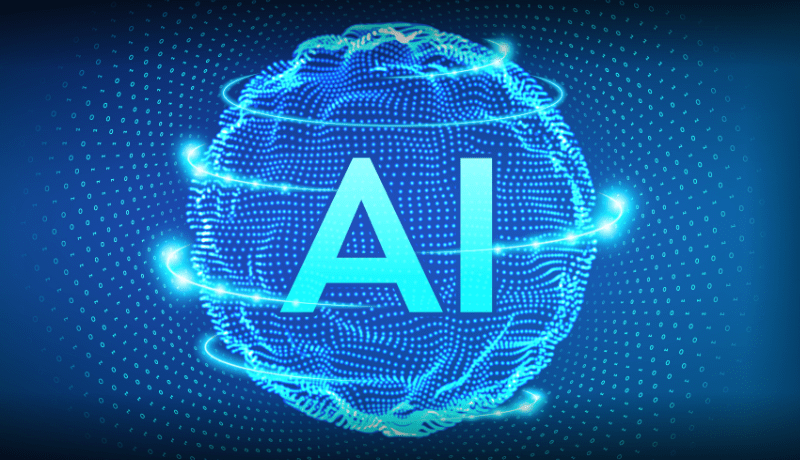SAV Methodology in Software Engineering for AI
Last Updated :
24 Aug, 2023
Artificial Intelligence (AI) refers to the simulation of human intelligence in machines that are programmed to think and act like humans. In this article we will see SAV Methodology in Software Engineering for artificial Intelligence.

SAV technique is an acronym for Specify and Verify. It is based on the principle of establishing requirements and validating software system implementation. SAV approach is not limited to AI-based systems; nevertheless, it may be used to them as well. However, when adopting SAV technique for AI-based systems, several obstacles and issues, such as data quality, explainability, and adaptability, may develop. Some studies, such as Software Engineering for AI-Based Systems (SE4AI), have proposed alternative or complementary approaches to SAV methodology for AI-based systems.
The keystones of the best way to develop reliable software systems are as follows:
- Complete, prior specification of the problem.
- Subsequent verification of the claim that the algorithm designed correctly implements the specification.
Key Points SAV Methodology in Software Engineering for AI
These two key ideas, lump them all together as the Specify-And-Verify or SAV approach to software system construction.
- Problem specifications can never be complete, the sub-class of problems can be completely specified, are a collection of problems.
- The sub-class of completely specifiable problems is the collection of abstract formal problems, such as factorization of integers, computing prime numbers, greatest common divisors, eight-queens problem, etc.
- Another way to characterize this sub-class is that it is typified by the collection of example problems to be found in presentations of the power of the SAV methodology.
- Formalization and Abstraction: SAV employs formal methods to define abstract formal problems, which are solvable instances illustrating the methodology.
- Example Problems for Illustration: SAV showcases its effectiveness through solved abstract formal problems, demonstrating its practical application.
- Hierarchical Problem Decomposition: SAV recommends breaking complex problems into smaller sub-problems, verifying them independently within a structured hierarchy.
- Incremental Refinement and Iteration: SAV’s iterative approach refines solutions and specifications incrementally, adapting to feedback and changes.
- Formal Verification Techniques: SAV employs formal methods like model checking to ensure solutions adhere to rigorous specifications.
- Applicability to AI and Complex Systems: SAV is valuable for developing AI and complex systems by addressing specific aspects through well-defined sub-problems.
- Benefits and Limitations: SAV enhances clarity, communication, and reliability, but may struggle with emergent behaviors or evolving requirements.
- Educational and Research Significance: SAV is important for teaching and researching problem specification, verification, and formal methods in software engineering.
- Industry Adoption and Best Practices: SAV is applied in academia and safety-critical industries, emphasizing problem decomposition, specification clarity, verification, and refinement.
Share your thoughts in the comments
Please Login to comment...